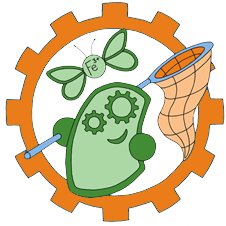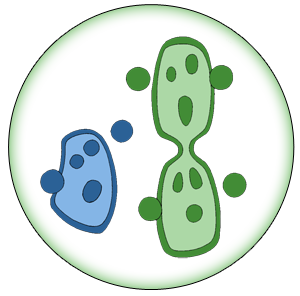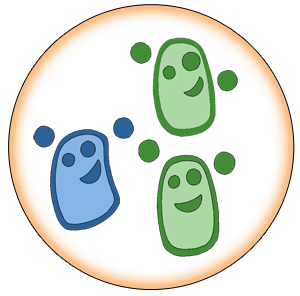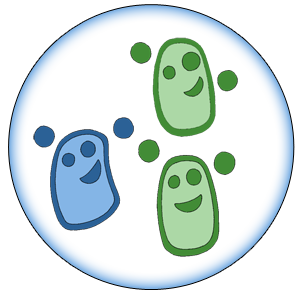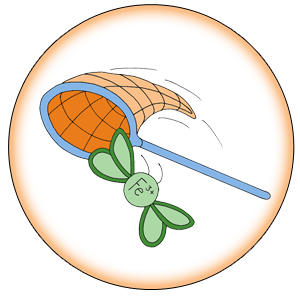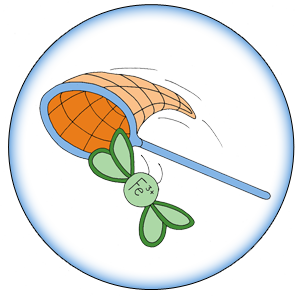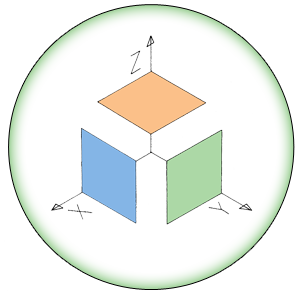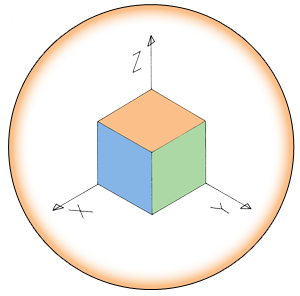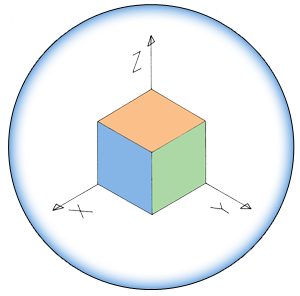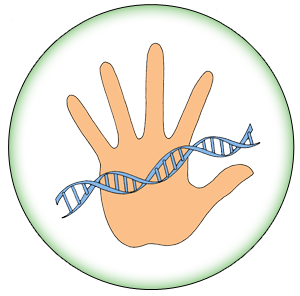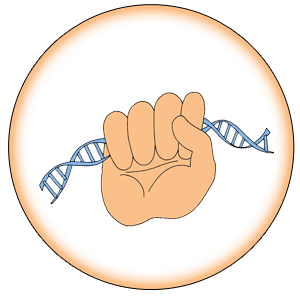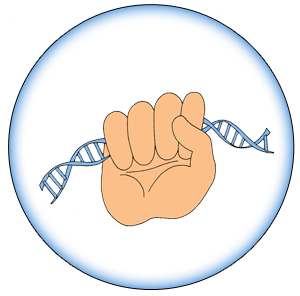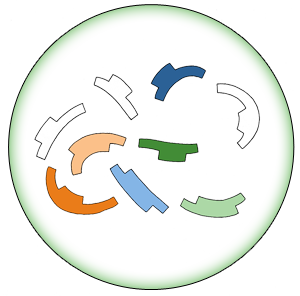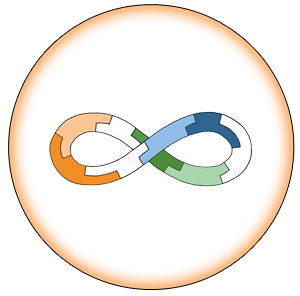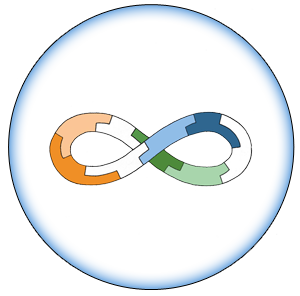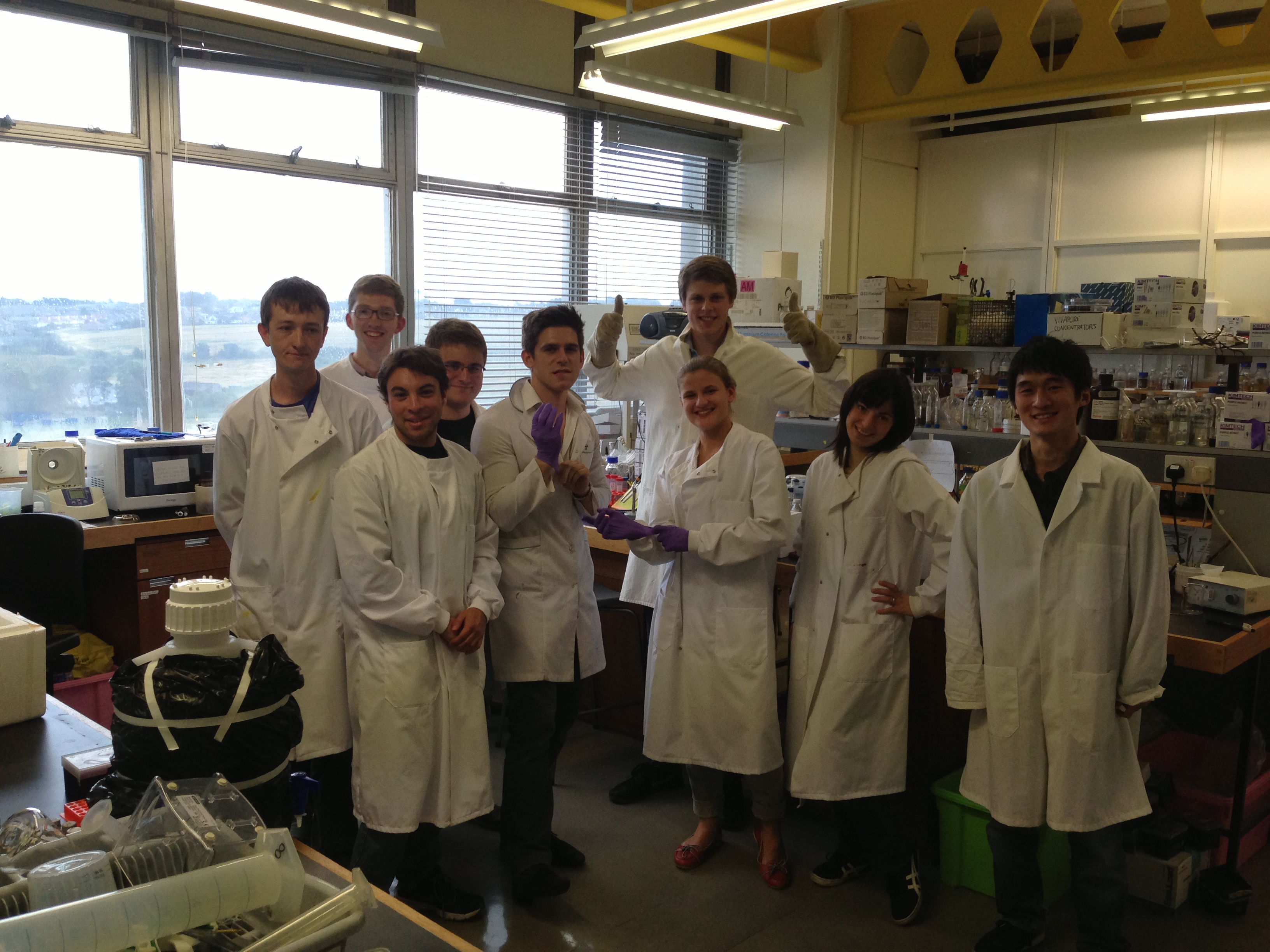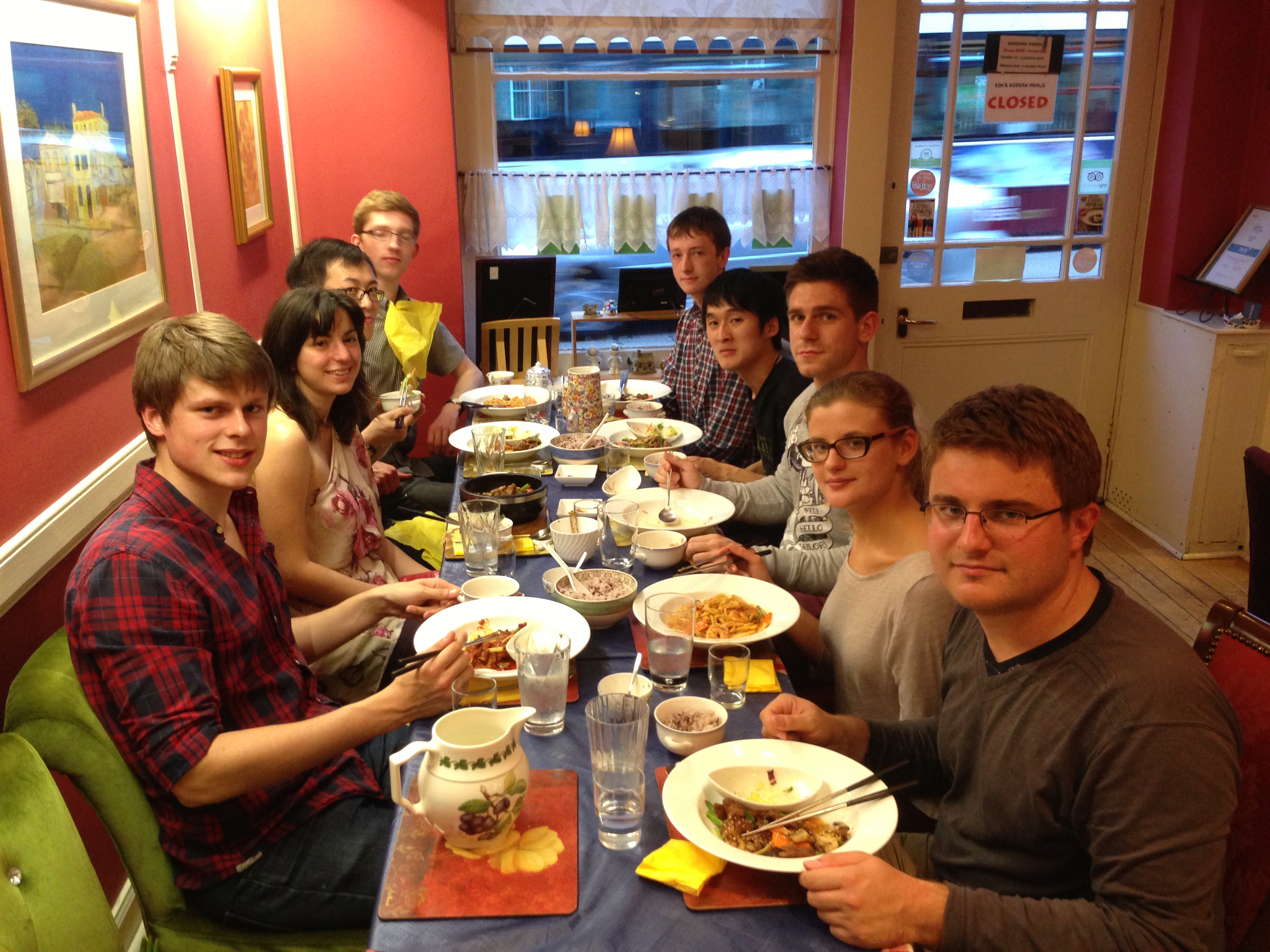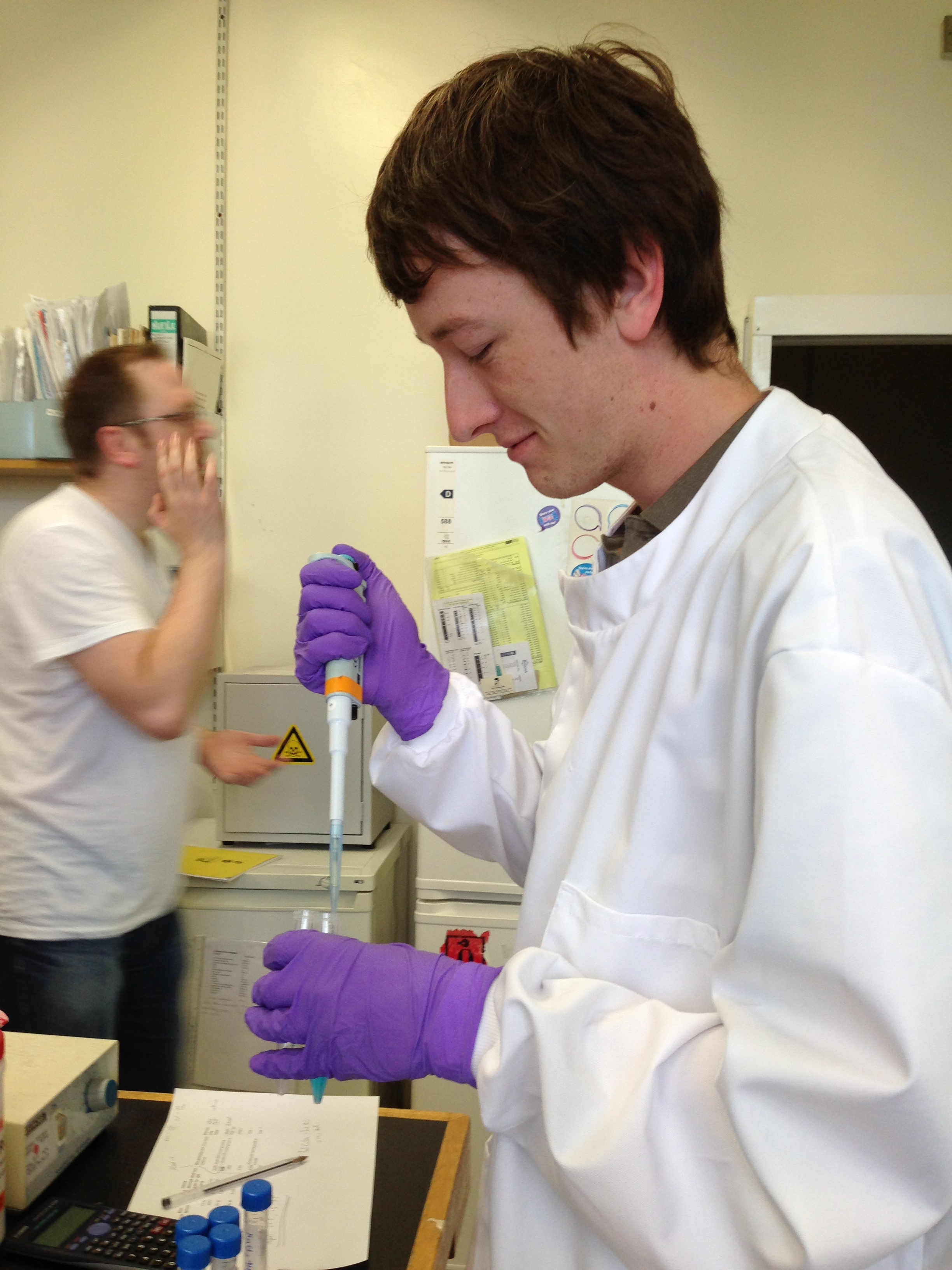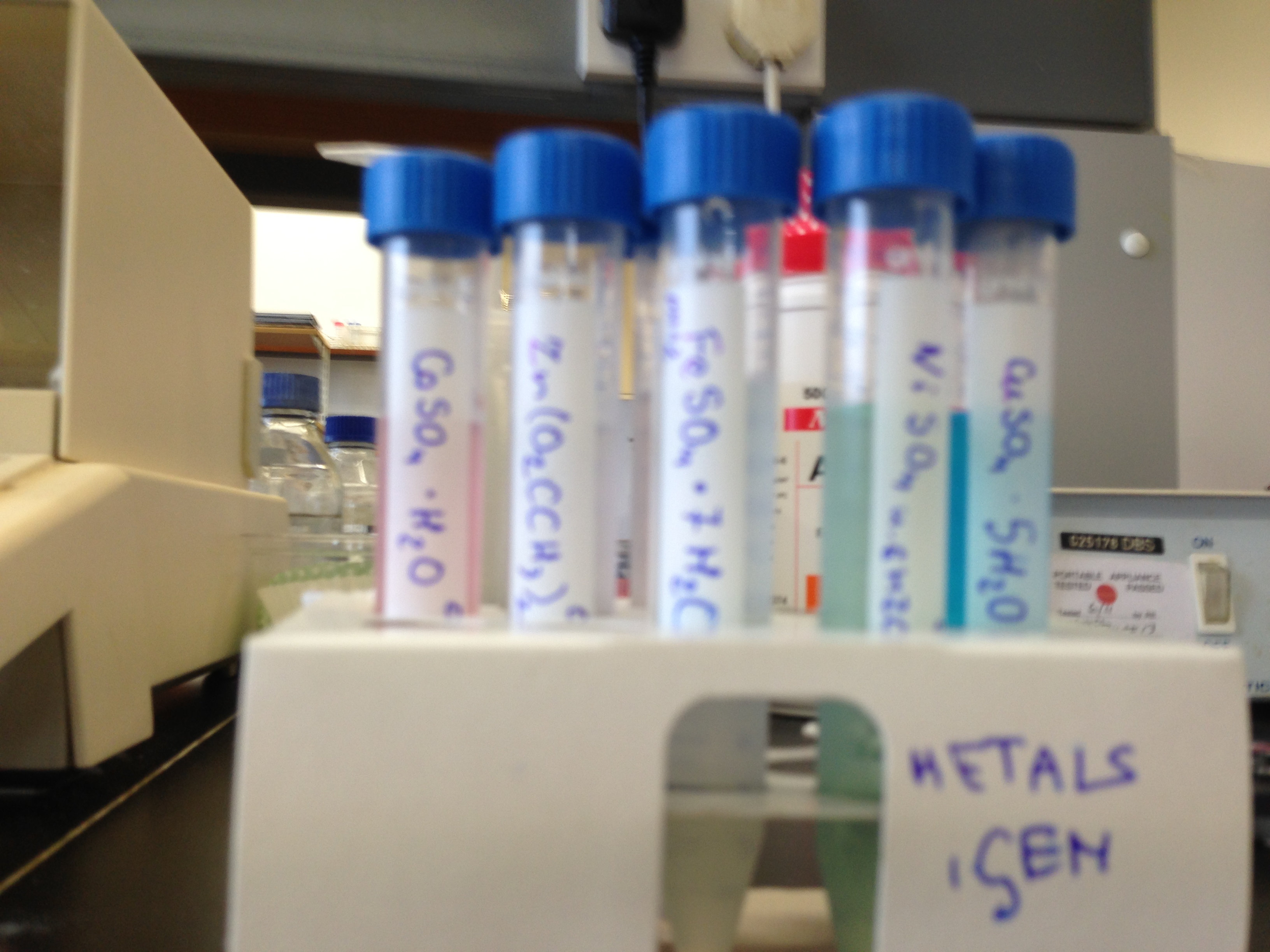Team:Edinburgh/Introduction/Metal binding
From 2013.igem.org
| Line 10: | Line 10: | ||
<h2>References</h2> | <h2>References</h2> | ||
| + | Alexeev, D., Zhu, H., Guo, M., Zhong, W., Hunter, D., Yang, W., Campopiano, D. and Sadler, P. (2003) A novel protein-mineral interface. Nature Structural Biology. 10. 297-302. | ||
| + | Ferreiros, C., Criado, M. and Gomez, J. (1999) The Neisserial 37kDa ferric binding protein (FbpA). Comparative Biochemistry and Physiology Part B. 123. 1-7. | ||
</div> | </div> | ||
{{Team:Edinburgh/Footer}} | {{Team:Edinburgh/Footer}} | ||
Revision as of 18:58, 4 October 2013
We planned to design a system in which a metal binding protein was produced in response to the presence of that metal in the growth medium. As a proof of concept, we chose to work with iron. We planned to use the FUR box and protein to negatively regulate an inverter gene which would then positively regulate expression of an iron binding protein. Thus the more iron that is present, the more iron binding protein is produced.
We chose as our iron binding protein Ferric binding protein A (FbpA), from Neisseria gonorrhoeae. It is a periplasmic protein and a member of the transferrin superfamily, which binds clusters of Fe3+ (Ferreiros et al. 1999; Alexeev et al. 2003)
References
Alexeev, D., Zhu, H., Guo, M., Zhong, W., Hunter, D., Yang, W., Campopiano, D. and Sadler, P. (2003) A novel protein-mineral interface. Nature Structural Biology. 10. 297-302.
Ferreiros, C., Criado, M. and Gomez, J. (1999) The Neisserial 37kDa ferric binding protein (FbpA). Comparative Biochemistry and Physiology Part B. 123. 1-7.

| 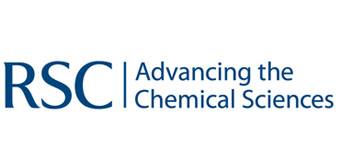
| | | | 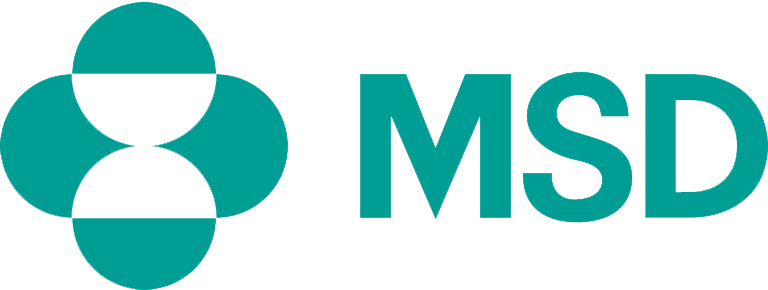
|
| This iGEM team has been funded by the MSD Scottish Life Sciences Fund. The opinions expressed by this iGEM team are those of the team members and do not necessarily represent those of MSD | |||||
 "
"

